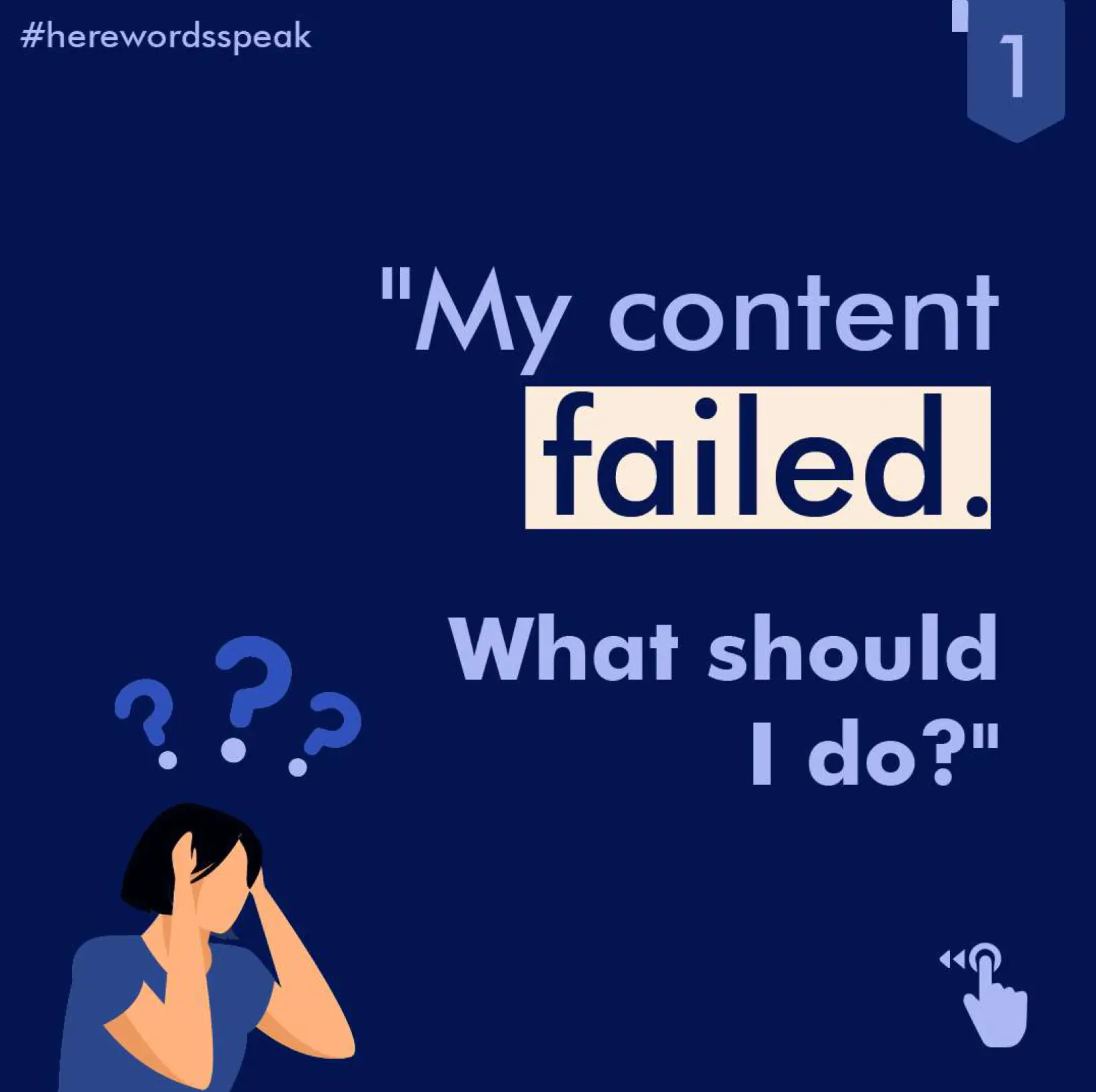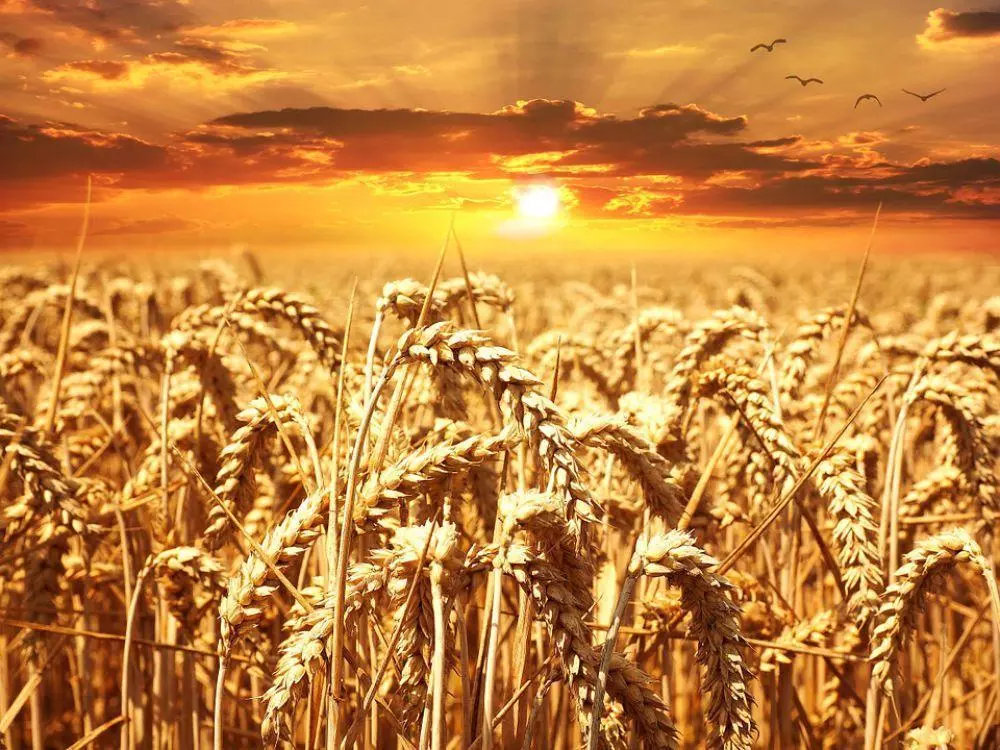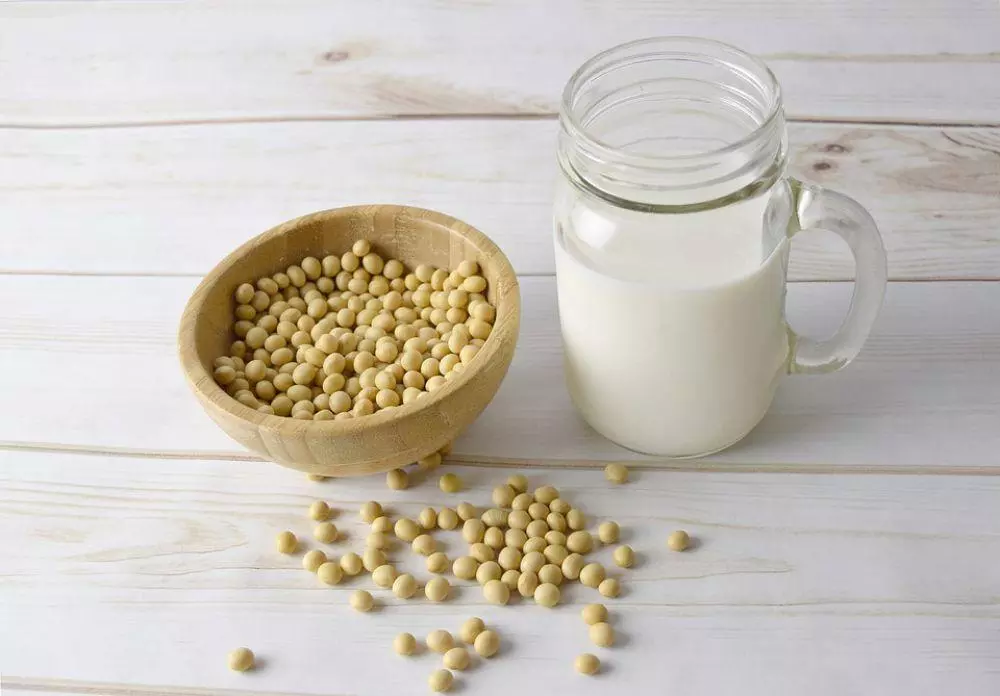Comments (2)
Kumar Mohit
Very interesting analysis. Thanks for sharing your investment tips

Thomas
Amazing

The world population is expected to reach 11.25 billion in 2040. According to Reuters, our planet will have to produce 50% more food to avoid starvation. If you are wondering what to invest in and your long-term goals are covering a span of over 20 years, then investing in wheat and soybeans represents the perfect opportunity.
Investing in Wheat and Soybeans

Competitiveness in commodity markets is influenced by resource endowments and agro-climatic conditions, as well as the efficiency of institutions, the adequacy of infrastructure, the impact of policies, and the structure and magnitude of input costs. Comparisons of historical wheat and soy prices are useful because they allow decision makers how the export competitiveness of each commodity could be affected by changes to the factors underlying production and marketing costs— land, fertiliser, seed, fuel, chemicals, transportation and handling.
As seen in this chart above, we can clearly see how soy prices are already trading inside a higher range than 10 or 20 years ago and definitely above wheat prices. This trend is likely to continue as the world population increases throughout decades. There are many ways of investing in soy. A quick search, from wherever one may be, yields interesting results. Soybeans and wheat provide exposure to an alternate asset class with different performance potential than the standard stock and bond investment categories.
In today’s financial world, where markets are heavily interconnected, financial products which were commonly available to nationals of one particular country are now available across vast geographic regions. If not Soy, then Wheat is most likely set to appreciate in value as well. Wheat being cultivated extensively and sold worldwide, is not a crop likely to be replaced anytime soon.
Macroeconomic Outlook

The European Union (EU) region, the largest world wheat producer, is projected to recover from the weather-related sub-par wheat harvest of 2016/17 with an output of 151.0 million tons, which would be its third-highest harvest ever. China is expected to be the second-largest wheat producer in 2017/18, reaching 131.0 million tons, though this is less than a 2% increase from last year.
Wheat and Soy areas are expected to stay at about the 5-year average. Noteworthy to state that the vast bulk of wheat in the EU is winter wheat, planted in the fall. According to John Kruse, meat and world crop consumption are projected to increase significantly within 2050 due to food, tech and industrial demand.
Soybean acreage is forecasted to increase significantly in Brazil. Using IHS Global Insight's macroeconomic projections, global demand for crops for all uses is projected to increase 84% within 2050. Global crop production will need to increase by 86% to meet the demand, through production and area increases. Using linear trend yields, crop yields are projected to reach an average of 60% in 2050. Global crop acreage for the major crops will need to increase by 16% to meet demand growth.
Possible Scenarios

1) The production of soybean will undergo a significant increase, but most likely, not enough to keep up with worldwide rising demand. This will exert an upward pressure on the price of the soybean commodity.
2) Brazil, a major soybean world producer, stands to gain the most from rising worldwide demand. The most important companies and conglomerates, already involved in the production, transformation and export of soybean, are the most likely candidates for accelerated growth of earnings, through soybean-related activities. They are the firms to be identified and studied, in order to determine the most appropriate investments.
3) Agricultural land, most suitable for soybean cultivation, will experience a surge in demand. This will exert upward pressure on the value of agricultural lands. One indirect consequence is the accelerated clearing of the Amazon region, transformed into agricultural land. This in turn will most likely result in a drastic reduction of the total area of green and virgin forests in that region of the world, which will reduce overall oxygen production, a by-product of the breathing cycle of trees as they release oxygen into the air, a necessary element for life on earth.
Recommendations

What can I possibly recommend? From a market analyst’s point of view, investing in soybean producers is interesting. From a land and real estate owner and developer, I can see how agricultural land, already seeing an elevation in prices, will only continue to gain in value and become more and more expansive.
From a citizen of the world, I am extremely concerned about the current and future rate of deforestation of the Amazon Basin and even though it is already alarming, I see no easy solution or partial remedy. From an enthusiast and idealistic protector of all that makes life possible on earth, I can only witness how all that truly has limitless value, because it allows our existence here on earth, such as oxygen and clean water, is under siege, now more than ever, and yet, oxygen and water will only be much more threatened, in 40 years from now.
I can not offer miraculous solutions. I see how the threads are developing and wherever they lead. They all point to a common reality, taking shape now and increasing in scope, simply cherish what you have today. Future generations will only read about it in historical novels and they will think of us, the privileged ones who stood on mountains of natural riches and sold it all for profit. In their eyes, we will most likely appear as the barbarians of the past, pillaging the earth of its treasures, so that we may, in our short existence, live the life they will never have.
Very interesting analysis. Thanks for sharing your investment tips ![]()
Amazing
François is an institutional US Crude Oil trader with over 18 years experience. He is also working with startups, helping them secure investments. He is an active real estate investor, in Europe and North America and has a special interest in the tokenization of real estate as well as other tangible or intangible assets. He holds a degree in psychology and finance from McGill University. He lives and works, south of Barcelona and north of Boston.
Leave your comments
Post comment as a guest